Machine Learning, journalism and you
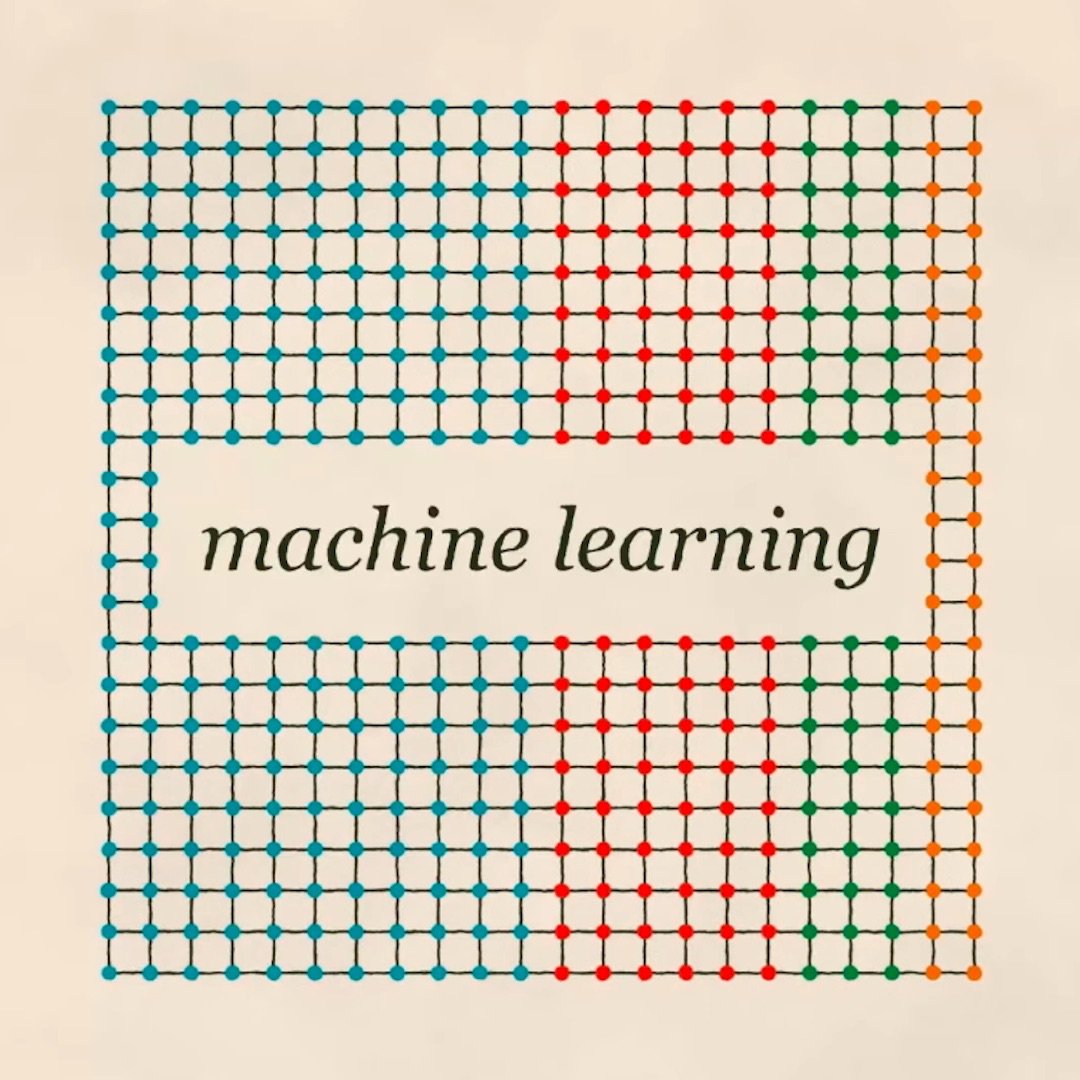
How machine learning is entering your personal and professional life.

Machine Learning is all around us
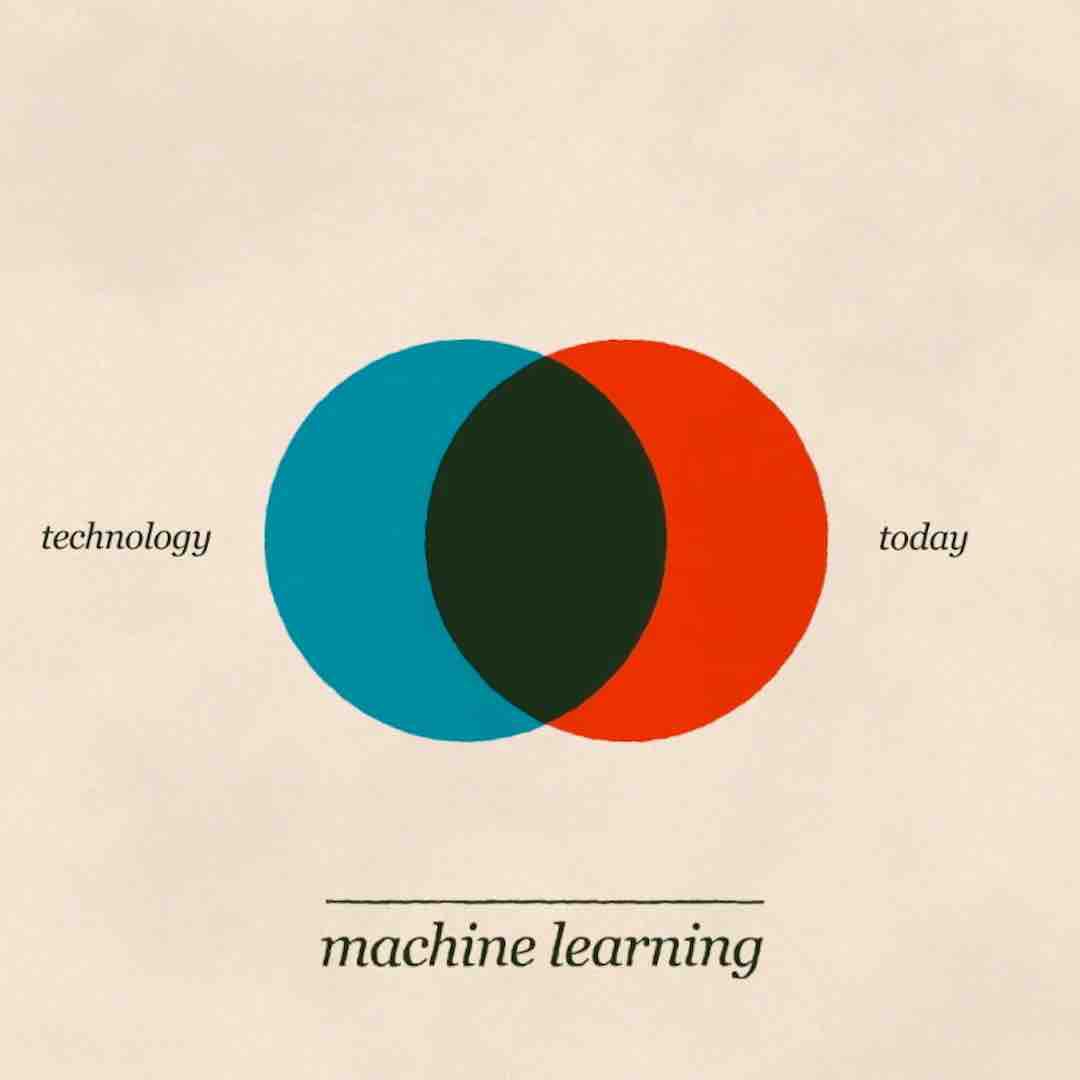
Machine learning (ML) already powers many products we use every day. But it isn’t always apparent to us that ML is behind them. Some examples:
- GPS navigation softwares, such as Google Maps and Waze
- Streaming services, such as Netflix and Spotify
- Search engines, such as Google Search, Baidu and Yahoo
- Social media, such as TikTok, Facebook, and Instagram
Machine learning can be applied to a wide range of fields, from health to retail, and in the development of self-driving vehicles.

You already use Machine Learning
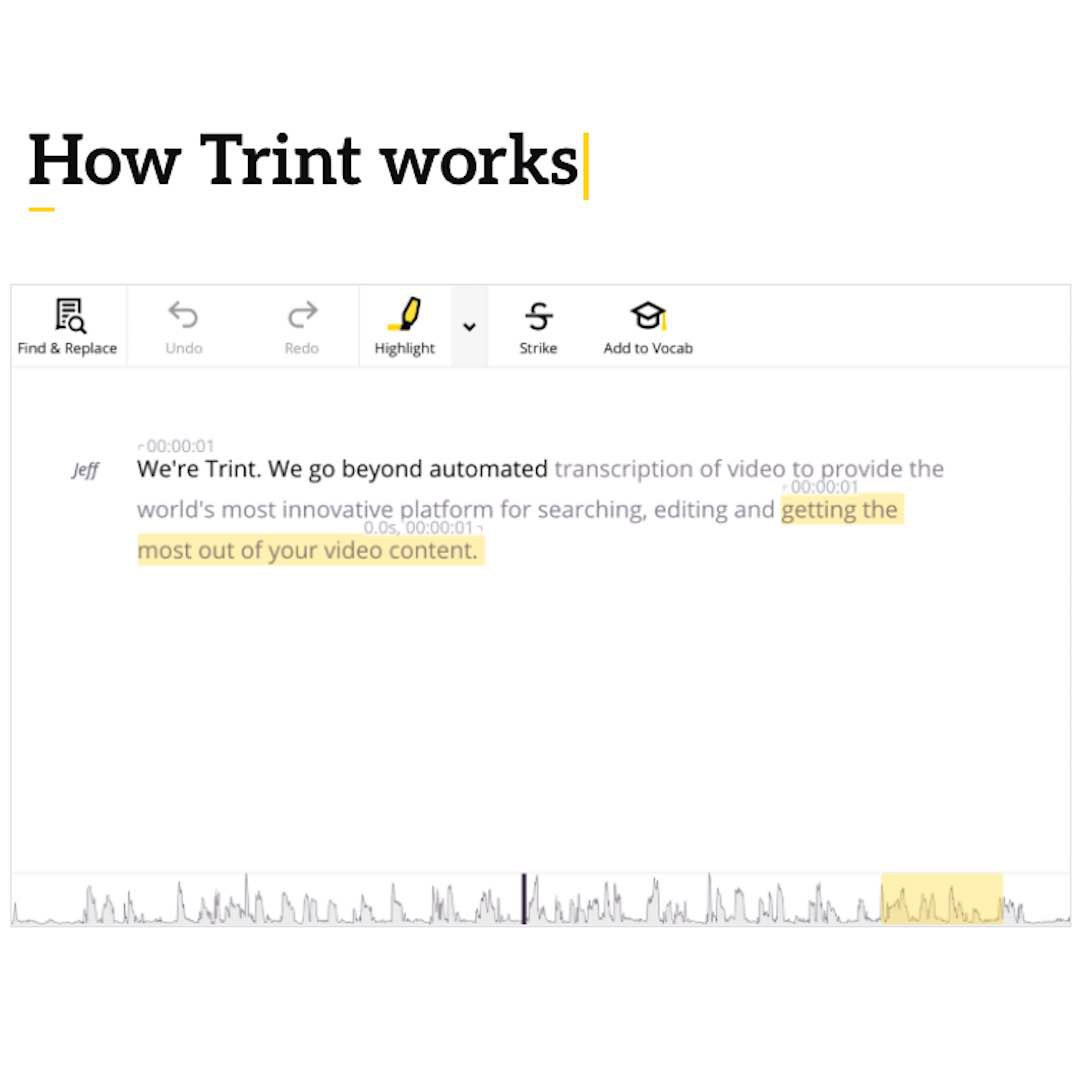
You may not realise it but we have all already come into contact with machine learning in our daily life.
As a journalist, it’s likely that you have already used machine learning technology in your newsroom. Maybe you used Google Translate or another translation tool. Perhaps you used Grammarly or Hemingway to review your writing. Or maybe Trint saved you a lot of time by automatically transcribing your interviews.
Whatever your role in the newsroom or as an independent journalist, it's more likely than not that machine learning has already supported your work at some point.
So what are the main ways in which journalism is using machine learning through the different stages of the reporting process?

Journalism and Machine Learning
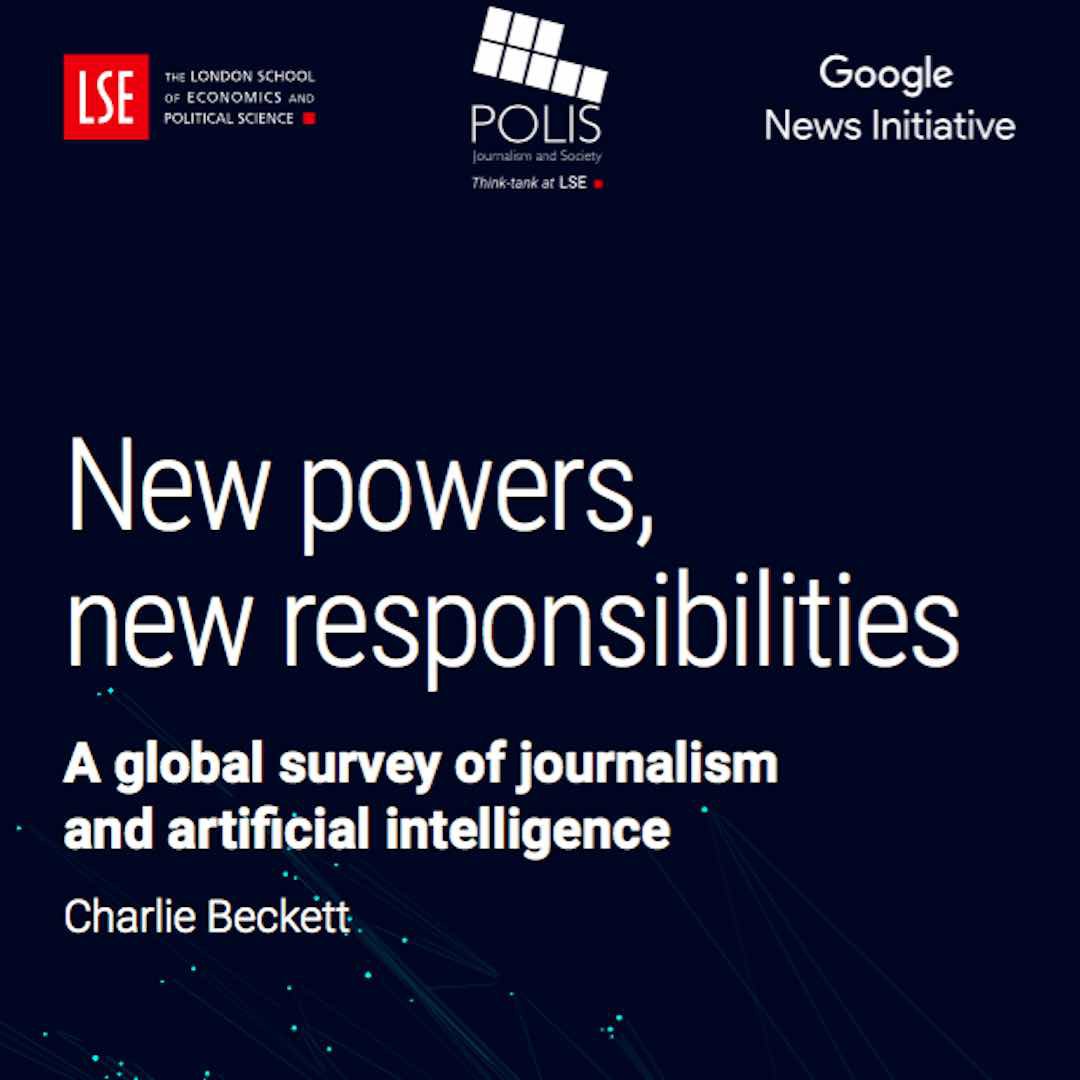
Beyond the specific tools we already mentioned, machine learning is slowly but surely making its way into the journalistic process. As the JournalismAI report explained, it's mostly doing so through the augmentation of existing processes: freeing up journalists from repetitive tasks and allowing them to work on stories that would be too complex or too time-consuming to report without the help of technology.
So, what exactly can machine learning do for a newsroom? And how can journalists use it to enhance their editorial work?
In the next paragraphs we will look at some practical examples that show how machine learning can be deployed to support news gathering, as well as the production and distribution of news and information.

Machine Learning for news gathering

In 2018, Reuters developed News Tracer and Lynx Insight. Both tools use machine learning and artificial intelligence technologies (more on the two terms in the next lesson) to support Reuters journalists in the news gathering process.\
News Tracer is designed to help journalists find events that are breaking on Twitter. The tool analyses millions of tweets in real time to flag potential breaking news stories and allow the newsroom to spot the breaking news faster than what would be possible with regular news gathering practices.
Similarly, Lynx Insight is designed to identify trends and key facts in large datasets, suggesting new stories to reporters, while providing additional context and background information.

Machine Learning for news production

Tools that use machine learning to automate the time-consuming process of transcribing interviews and translating information are good examples of how the production of news can be augmented by technology. But the use of machine learning in the process of news production goes well beyond that.
A wide array of media organisations – including Bloomberg, The Washington Post, and the Associated Press – have started to deploy different AI and machine learning techniques to automatically produce news stories at scale.
The main goal is to allow journalists to focus on the most creative aspects of their job, leaving repetitive tasks to the machine, but recent case studies show that the benefits could be bigger than we think.

Machine Learning for news distribution

Yle News Lab at the Finnish Public Broadcasting Company used machine learning to create a smart news assistant Voitto for its personalised news app Yle NewsWatch.
Voitto assistant lives on the lock screen of a mobile device and recommends the user interesting news content through alerts, or notifications. Voitto uses machine learning to improve its recommendations by learning from the user’s interactions on their lock screen and from the user’s reading history. Additionally, the user can teach the assistant by giving it direct feedback through notifications and in the news app itself.
Machine learning can also help news organisations to enhance their business model, for example by fine-tuning a flexible paywall for their subscribers.

Exploring the potential of Machine Learning
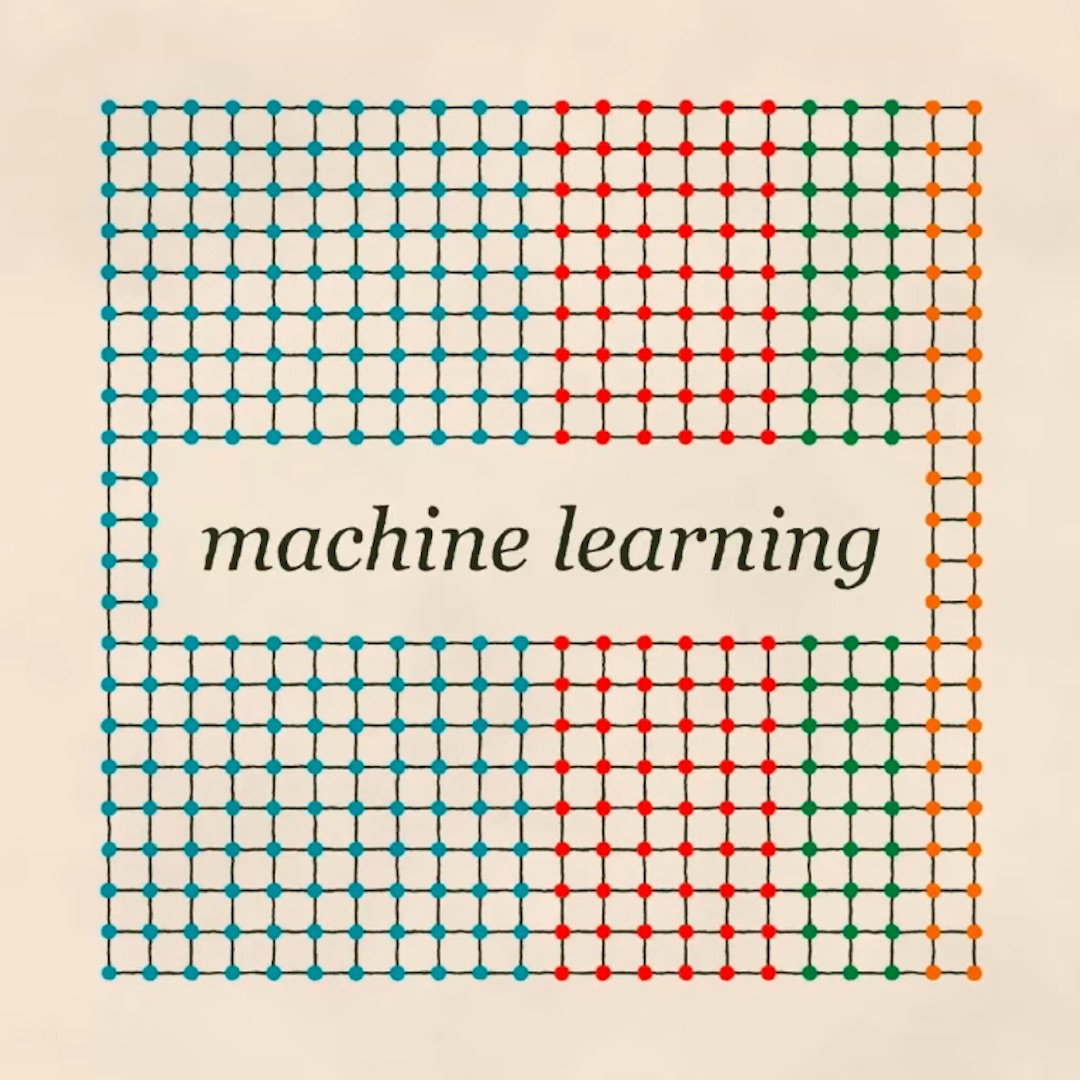
As we have seen, machine learning is already being used to augment journalists' capabilities across the journalistic process. But this does not mean that machine learning is the silver bullet to all journalism problems.
A lot of the potential offered by machine learning is yet to be discovered by journalism, and the new powers come hand in hand with new risks and challenges journalists should be wary of.
In the next lessons of this course, we will learn in depth what machine learning is and how it works. We will explore how it can be used by journalists in innovative ways and what risks must be taken into account for a responsible use of this powerful technology.

-
Different approaches to Machine Learning
課程Learn to recognize what defines different machine learning solutions. -
Advanced Search: Researching with precision.
課程Simple tools and tips to help you get better results, faster. -








